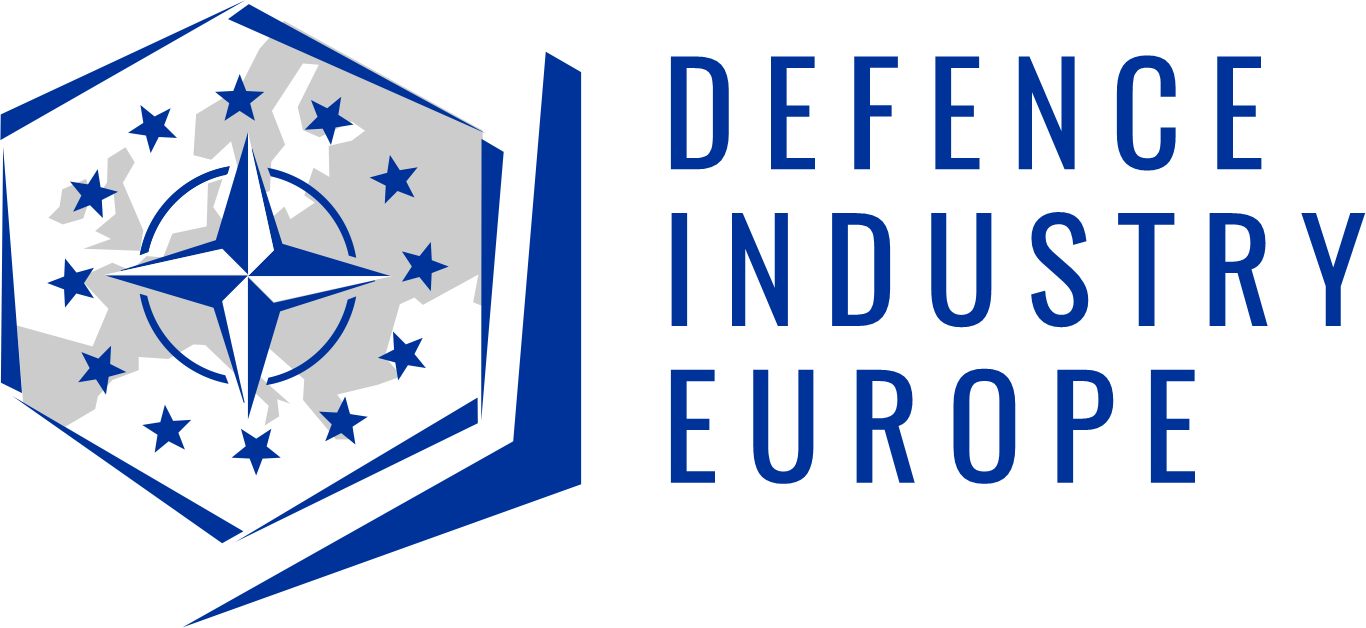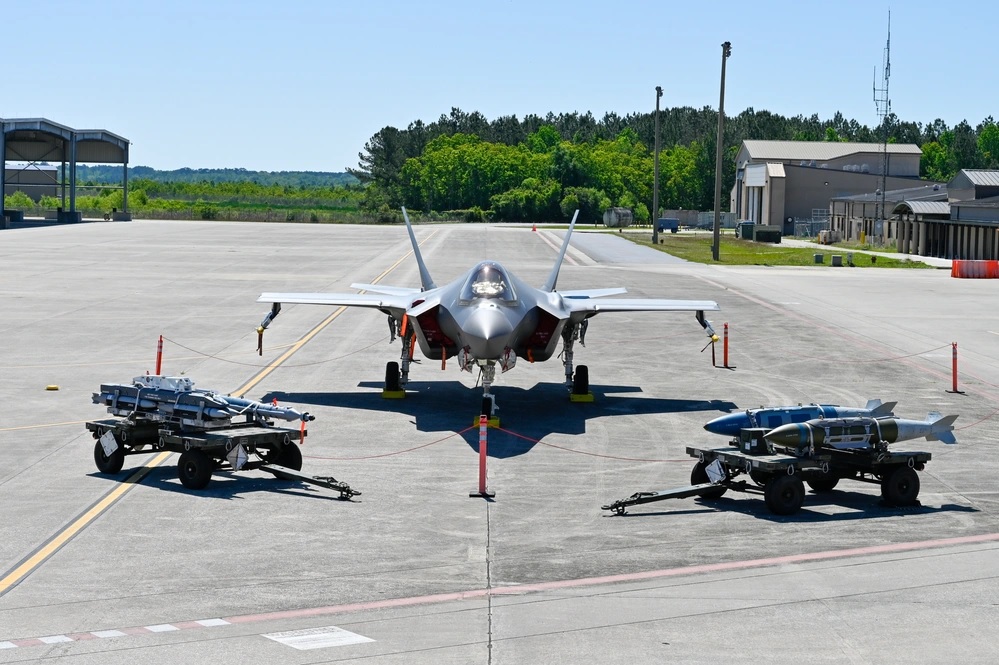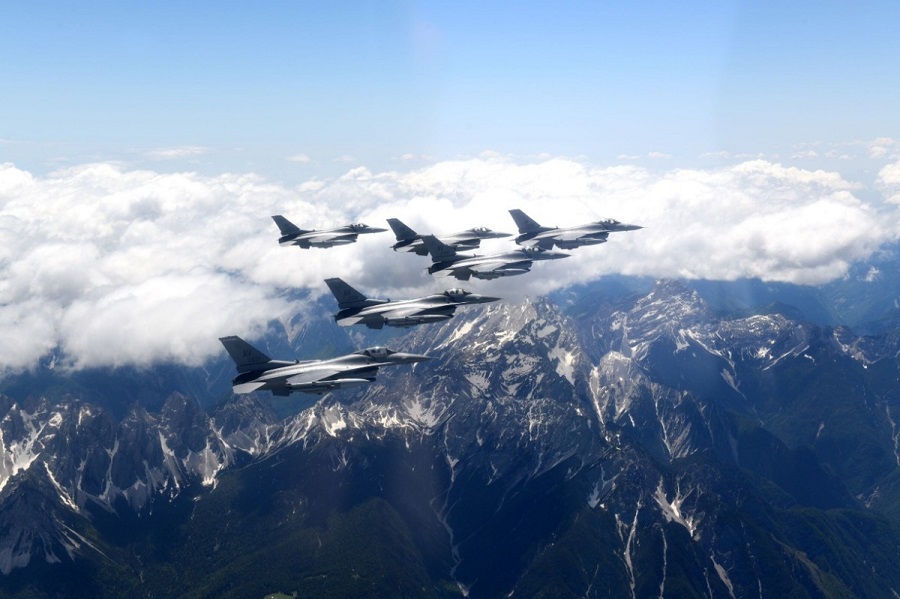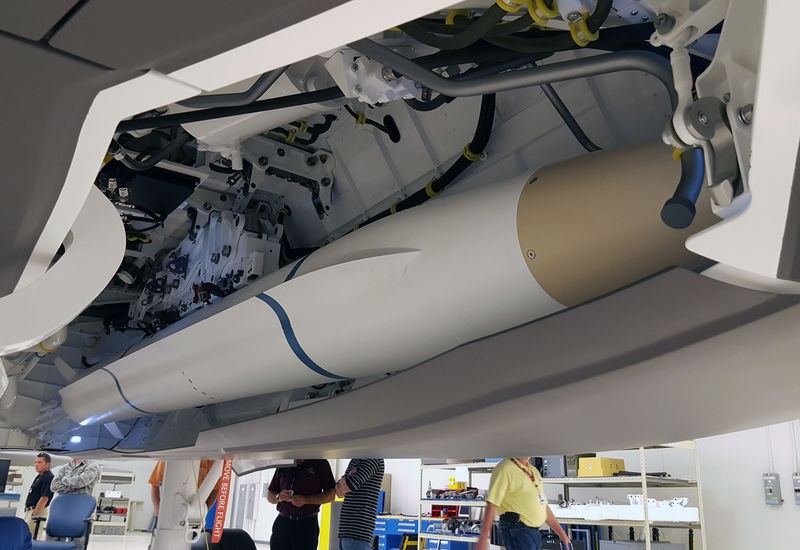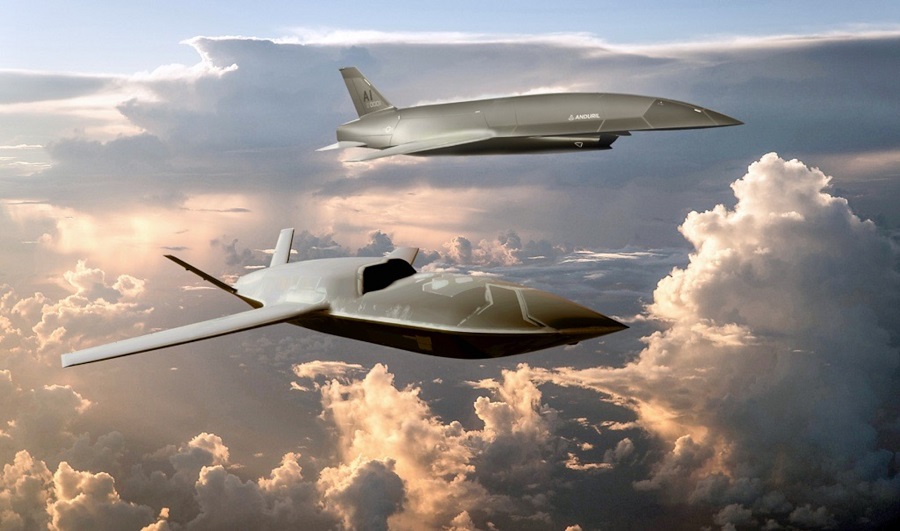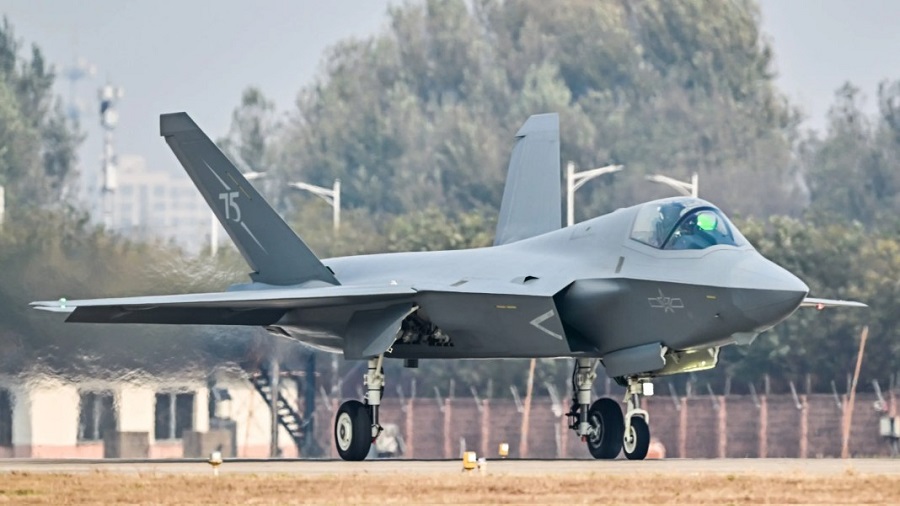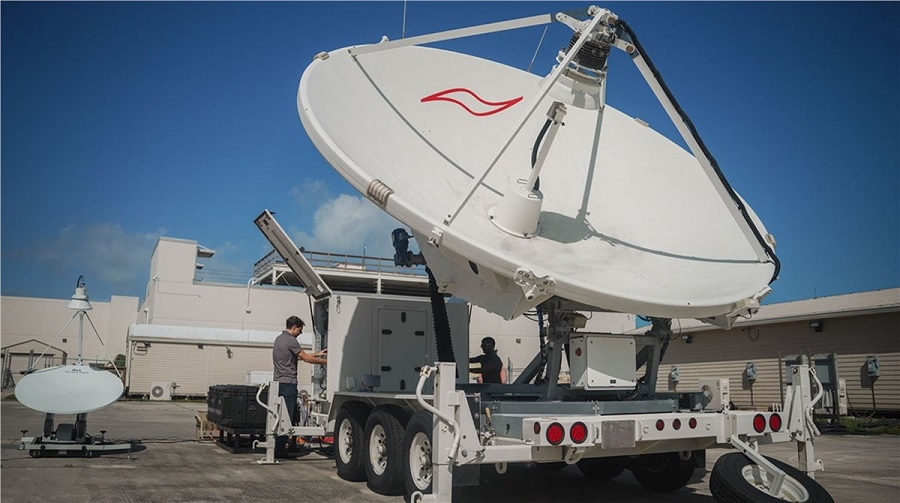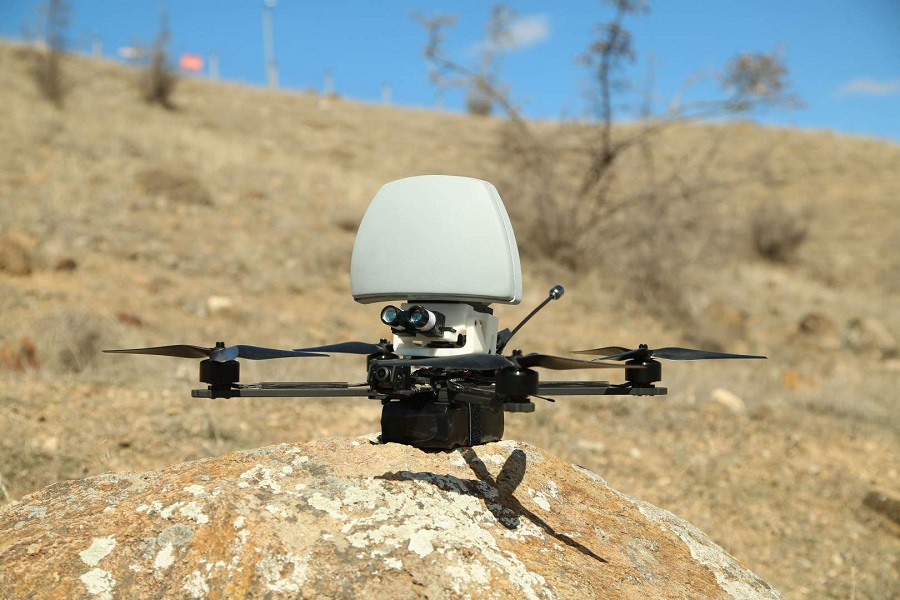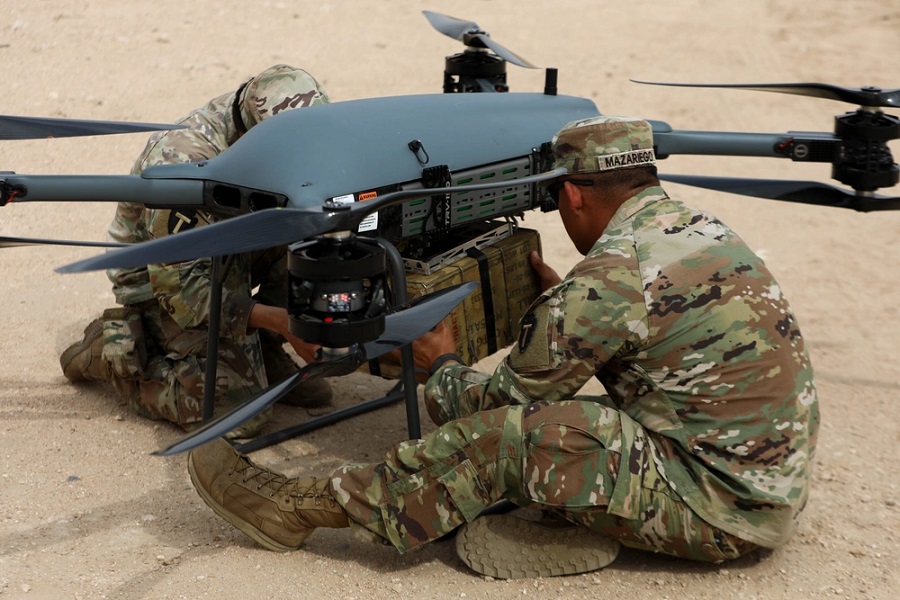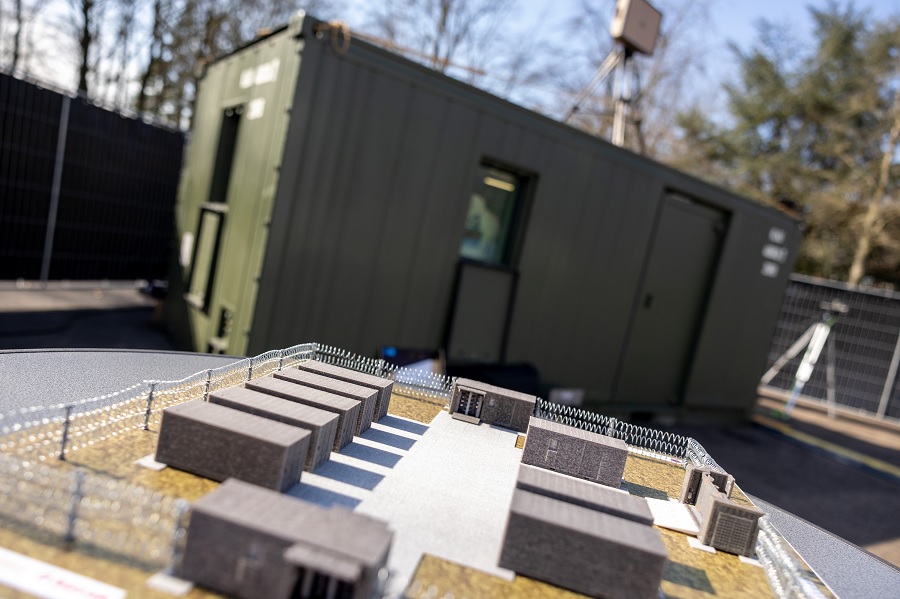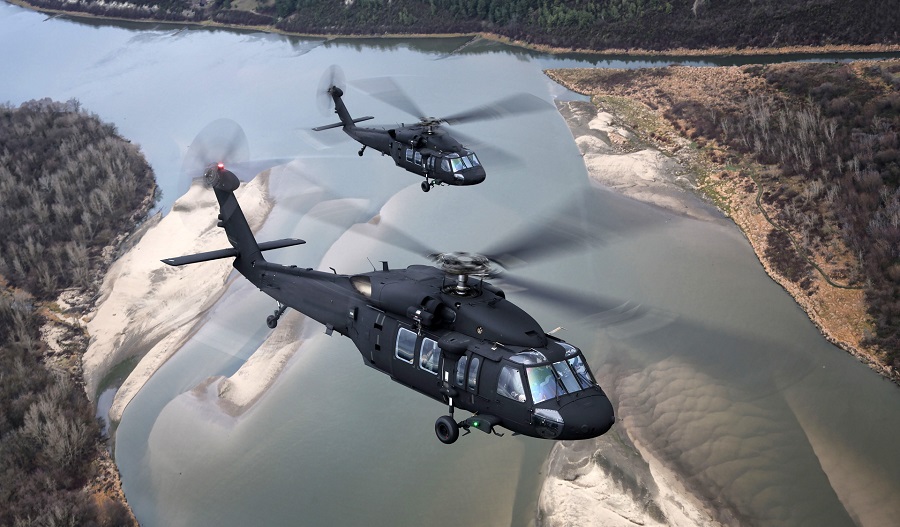During scenarios involving electronic jamming, drone swarms, and advancing ground forces, the F-35 provides pilots with real-time situational awareness and secure communication. “Just when the enemy jammers attempt to disrupt communications, the F-35 redirects intelligence and provides a clear tactical picture of enemy positions,” the editorial stated.
The fighter’s ability to share targeting data with nearby assets allows forces to neutralise aerial threats while ground units maintain focus on defending strategic infrastructure. According to Lockheed Martin, this seamless coordination enables “swift deterrence of enemy forces, and key infrastructure remains secure.”
Central to the F-35’s operational strength is its suite of integrated technologies, including the AN/APG-81 AESA radar, which supports long-range detection and tracking for both air-to-air and air-to-ground missions. This radar system is paired with the Electro Optical Targeting System (EOTS), embedded in the fuselage, providing extended-range precision targeting capabilities.
The jet also features the Distributed Aperture System, using six infrared cameras to give the pilot a continuous 360-degree view of the battlefield, displayed through its next-generation Helmet Mounted Display. “The helmet’s virtual capabilities enable pilots to access critical information and targeting data in real-time,” Lockheed Martin noted, emphasising the role of enhanced decision-making in fast-changing combat conditions.
By fusing data from all onboard systems, the F-35 generates a unified tactical picture, significantly increasing pilot awareness and battlefield adaptability. Lockheed Martin described the aircraft as “a prime example of how mission integration can move from concept to execution,” allowing armed forces to dominate in increasingly complex environments.
The F-35’s real-time information-sharing capacity ensures interoperability across platforms, supporting informed decision-making and faster operational responses. These features collectively enhance the armed forces’ ability to achieve and sustain air superiority in dynamic and contested theatres.
Source: Lockheed Martin.

